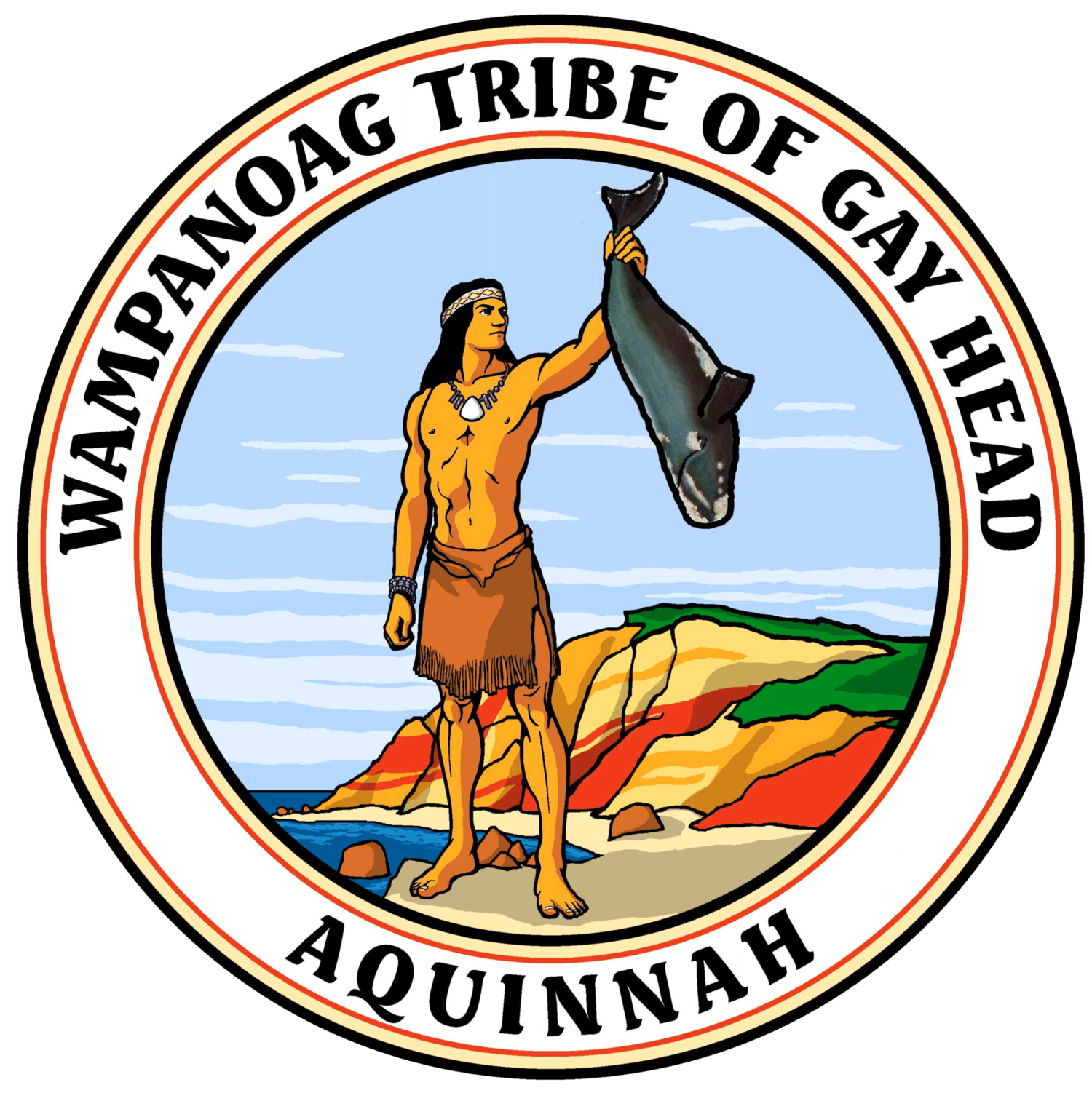Bay Scallop Restoration
Over the past few years, the Natural Resources Department of the Wampanoag Tribe, with funding from the U.S. Fish & Wildlife Service, has developed a successful program to restore the commercially and culturally important Bay Scallop in Menemsha Pond.
The Bay Scallop has always been an important resource for the Wampanoag Tribe, with many Tribal fishermen relying on the annual harvest to provide sustenance and support themselves financially. But in recent years, the population of bay scallops had dramatically decreased, to the point where the Aquinnah harvest in the 2005/2006 season had fallen to a mere 600 bushels.
In 2005 the Tribe began its restoration program with a four-pronged effort: first to grow and release juvenile scallops at varying size and age classes to determine which group had the least mortality in the wild, second to control predators such as the invasive spider crab, third to monitor water quality in scallop habitat, and fourth to restore the eelgrass habitat critical to development of juvenile scallops and many other beneficial aquatic species.
Juvenile scallops to be released
Scallop release into Menemsha Pond
Through 2013, the Tribe has released juvenile scallops, trapped over 50,000 crabs, carefully monitored the water quality in Menemsha Pond, and planned for the restoration of 5,000 square feet of eelgrass. In addition, the Tribe purchased a one-of-a-kind larval identification system, which combines the technology of a microscope and a video camera with a computer. The Larval Identification system flows water past a microscope to look at larval stage shellfish and predators in the water column. The image is saved as a video file, and sent to software that identifies what is visible to the microscope. The benefits of this technology is the ability to determine what shellfish bivalve larva are in a known volume of water. The Natural Resources Department uses this information to identify areas where juvenile shellfish can be collected naturally and grown to enhance wild populations.
The program has been a great success. The scallop harvest has increased steadily in Aquinnah, and rose to over 4,000 bushels in the 2012/2013 season. This harvest brings hundreds of thousands of dollars to the local community.



